Are you interested in a long-blooming, tough-as-nails perennial that can withstand heat and drought, freeze and flood? Look no further than this gardener’s favorite, Purple Coneflower, Echinacea purpurea.
Glorious in its spring beauty, this wide-spread North American native is a must-have for any garden. Here in Central Texas, the aster family flowers bloom during spring and summer, resting in the July and August dormant-hot season.
Though not quite as spectacular as in the spring show, there is usually a second flush of blooms during the autumn months. In mild winters, Coneflowers bloom sporadically; a hard freeze nips the flowers and sends the plant into dormancy.
Individual plants form rosettes from seed, and those rosettes grow larger with maturity.
During winter, the rosettes are evergreen, or mostly so. I like to plant in groups of three to seven, but I’m happy to let volunteers seed out where they may. If I don’t like where a plant grows, I transplant it or pass it along to another gardener.
In my urban Austin garden, the foliage remains mostly evergreen through winter. Sometimes after a particularly hard freeze, exposed greenery suffers and the whole foliage rosette dies to the ground;; they typically emerge in early spring, ready for a long blooming season. Since Purple Coneflowers range from Texas through the mid-Atlantic states and even a bit north and westward, the timing and severity of freezes and the flush of blooming varies from what Coneflowers experience here in Austin.
As spring approaches, new foliage emerges and the rosettes thicken.
In time, a bloom stalk shoots forward from the rosette, followed by others.
It always seems to take weeks for those first blooms to appear, but appear they do!
By mid-to-late April (in Central Texas) the Purple Coneflower is in its prime blooming season.
New bloom stalks adorned with accompanying flowers continue to grow into early June. Purple Coneflower plants, en masse, provide quite a show.
A favorite of all kinds of bees and butterflies.
Purple Coneflower is an excellent pollinator plant. Sometimes, even the “bad” bugs will hop on for a ride,
…but only rarely is there any damage to the flower, like this Cone with its neatly trimmed petals. Only a few of my Coneflowers have ever been damaged by insects. It’s a tough, happy flower. Remember that it’s just fine and dandy to have a few holes in your leaves or petals; it means that you’re lovely plants are feeding some sort of wildlife and that’s the way it’s supposed to be.
One of the things I like most about the Purple Coneflower is that the individual blooms last a long time. These are attractive garden plants for months and they complement other shrubs and perennials, in color and form. They also make great cut flowers for arrangements, if you’re so inclined.
I’ve noticed that there’s often a subtle color difference in each of the individual flowers, even when sharing the same rosette; some are lighter, some are darker. Coneflowers morph into a paler color as they age.
As well, some are typical daisy-ray flowers,
…and some sport petals that droop down like a botanical hula-dancer.
As the summer months progress and Texas heat and dry weather pattern persists, Coneflowers’ color fades, the flowers coarsen, turn brown, and become “crispy”.
Crispy critters.
Truthfully, I rather like the “dried” form of the Coneflower–to a point. By mid-to-late July, I begin pruning the flower stalks down to the rosette. I usually take my pruning cue when a couple of events come into play: bloom stalks have flopped to the ground; bloom stalks have developed a slight case of mildew and the foliage is wilting and unattractive; resident and visiting finches have plenty of other seed sources from which to feed on.
Not only are Purple Coneflowers great for pollinators during bloom time, but the little seed eating birds find them yummy too. I usually keep some of the “crispy” Cones around into autumn, just because I like the look of the dried flowers in the garden and to feed my feathered friends. Originally, I kept the spent blooms so that seeds would develop and I’d have more Coneflowers for my gardens. Trust me when I say, at this point in my life, I have plenty of Coneflowers!!
Once I trim off the spring growth and September rolls around with its shorter days, cooler nights and promises of more of the same, the Purple Coneflowers enjoy a second blooming cycle. The flower stalks don’t grow as tall, nor do all of the individual rosettes bloom up, but enough of them do, providing for pollinators and birds, and thrilling this gardener again with their perkiness. The second blooming period ends with the first hard freeze.
Purple Coneflower plants are tolerant of a wide variety of soil types, but prefer good draining soil. My urban garden has a clayey soil type and the Cones have always thrived. Like most prairie plants, Coneflowers like full sun, but they will bloom in shade, too. I’ve noticed that the shade Coneflowers sport a paler petal color than their more flamboyant, full sun purple/pink kin. My gardens are part shade/part sun and I have Coneflowers in every garden bed–they all perform well, though the full sun exposed Cones bloom best, brightest, and longest.
My Purple Coneflowers hail from a $2 packet of seeds from the Lady Bird Johnson Wildflower Center, purchased over twenty years ago. These perennials grow well from seed, but four-inch or gallon containers are available, especially in spring, and at knowledgeable local nurseries. Unfortunately, Purple Coneflowers are not deer resistant, so pop them in where the deer can’t nibble them down.
In 2008, I removed the last grass area in my backyard and developed a large, perennial garden in its stead. I planted with seedlings of perennials, including Purple Coneflowers, that had germinated in other parts of my gardens. In the new garden, I’d planted a few large, back border shrubs and small trees, but I wanted the bulk of the garden to consist of Purple Coneflowers, along with a few companion perennials. Prior to planting, I wondered if it was possible to have too many Coneflowers. I discovered that it is indeed possible to have too much of a good thing. While the new garden was stunning during its first Coneflower Palooza spring, once the summer Coneflower crisp set in and I pruned them to the ground, the garden was a bit boring. I’ve since removed some of the Coneflowers and added other companion plants which bloom at different times of the year. It was a good lesson: the well-planned mixed perennial garden is just that–mixed.
Purple Coneflowers are magnificent in drifts during spring and summer, but they’re best planted for seasonal interest with compatible late summer and autumn flowering, and winter berrying, perennials and shrubs.
Because they’re an excellent wildlife perennial, a hardy Texas (and other places) native, and a pretty, pretty flower, you should plant Purple Coneflowers in your gardens.
Spring
Summer
Fall
Winter
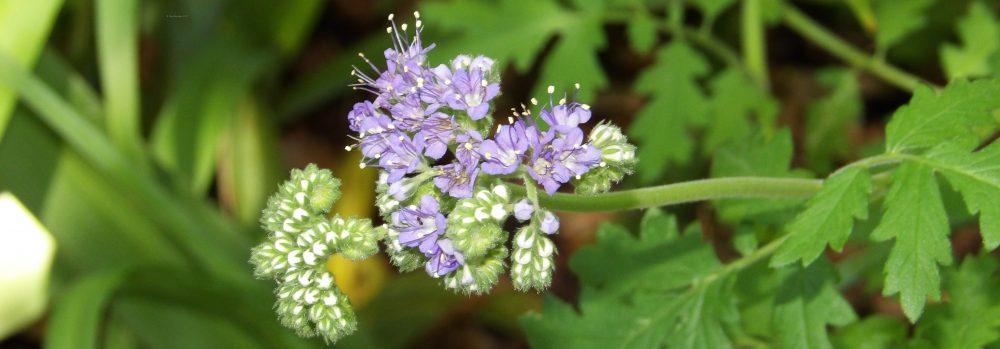






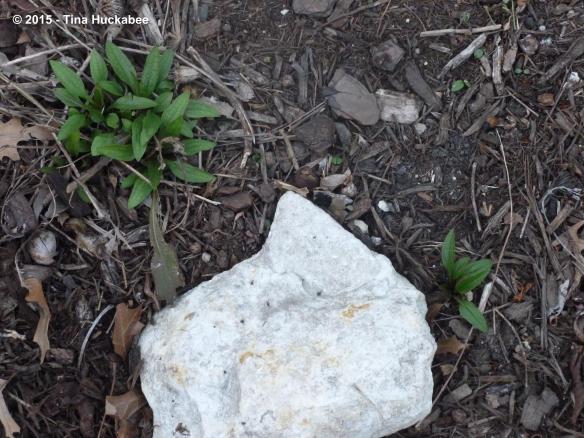













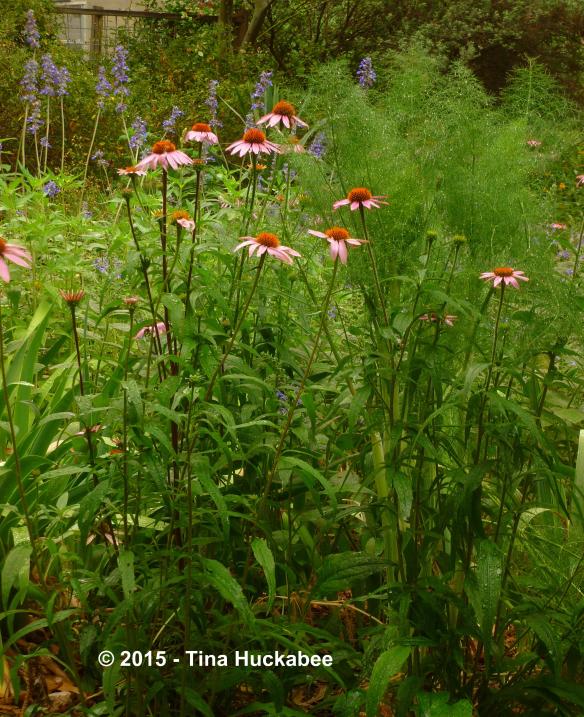
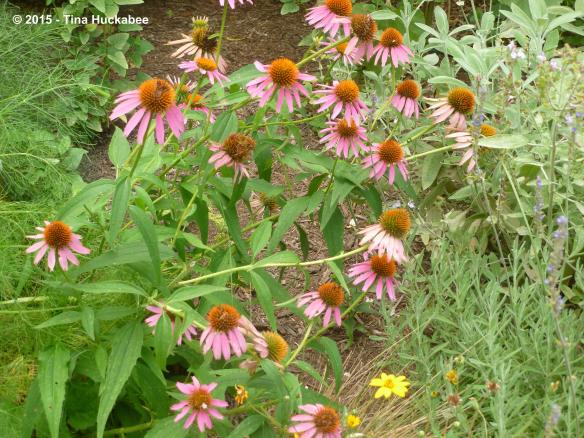









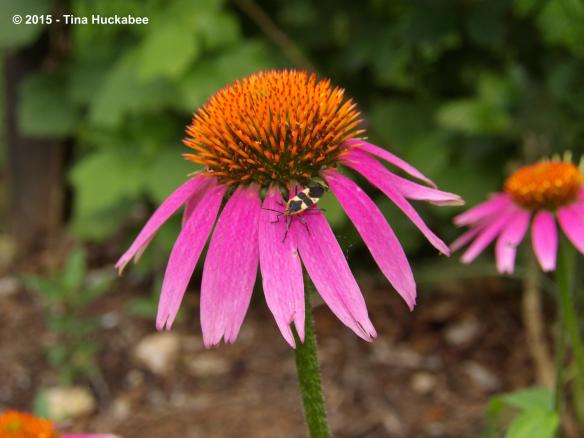










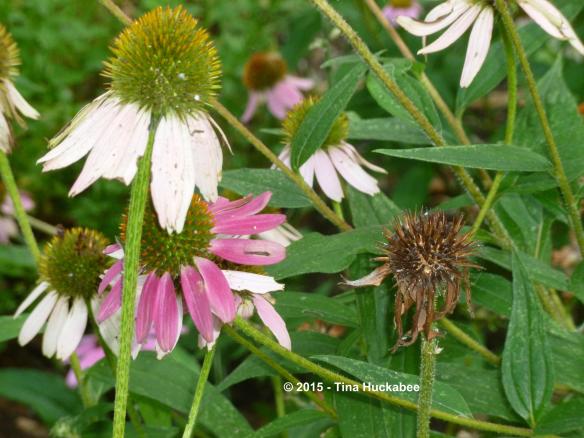















Such a timely post! I was just getting together some wildlife shots for an upcoming meme (cough-cough Wildlife Wednesday) and noted so many of my shots these days involve something happening around purple coneflowers. Mine bloom later than yours, different hours of sun perhaps or companion plantings here that somehow slow them down? Regardless, I’ve learned to be patient because a few weeks after everyone else has posted gorgeous coneflowers in bloom, mine will begin to shine on their own time.
I’m still in a situation where I don’t have “too many” coneflowers and can barely imagine that as a possibility. I’m willing to learn… : )…the hard way. Fact is I can’t fill any large areas with anything but I do have spots here and there, and coneflowers are sure going to fill some of them nicely.
I admire the discipline and planning it takes to put together a post featuring a plant in all its forms, year ’round. This is so truly helpful for folks trying to make decisions about what to plant and where. I appreciate it!
LikeLike
Maybe we should organize “progressive” garden tours–similar to the “progressive dinner” concept. You know, I have cones blooming this month–you visit; you have cones next month, I visit. That way, we could all enjoy our favorites just a bit longer. 🙂
You’re right about the conflowers being favorites of all things wild. I can’t look at any of mine and not see something fluttering, nectaring and the like. The funny thing is that as I was choosing photos for this post (yes, taken throughout the year) I realized that I didn’t have that many with pollinators and none with birds. I thinks it’s just the norm to have something feeding on a coneflower, so I don’t run out to get a shot.
Mine are all pretty crispy now in this late July time and not at their most attractive. Those that haven’t been cut back, will be shortly, ready for the fall bloom cycle. Enjoy yours–now and later!
LikeLike
Coneflowers are blooming like crazy in my yard. I really like them except that if you don’t clip the seed heads off before the ripen you soon have coneflowers everywhere! That’s my problem. I have to pull a bunch up and then remember to collect the blossoms before they go to seed. They really are the bumblebees favorite from what I can tell. I get more bumblebees on the coneflowers than anything else in the garden.
LikeLike
Coneflowers of all kinds are favorites of pollinators, especially our wonderful native bees–like your bumbles. Do you know what species of coneflower that you grow? There are several native to North America and I don’t think the one I grow, also grows in Wisconsin. Regardless, I know that you in the more northern latitudes are now enjoying the echinacea show that we had a couple of months earlier. Cheers!
LikeLiked by 1 person
Mostly I have the purple although I’ve planned white. It hasn’t done so well. And an orange, which did not seem to survive the winter
LikeLiked by 1 person
Thanks for the reminder to pick up some more seeds!
LikeLike
Glad to oblige. C’mon fall rain!
LikeLiked by 1 person
Beautiful photos! I love these flowers. Unfortunately, so do the slugs in my garden 😦 so I’m down to just one now.
LikeLike
That’s too bad that the slugs eat your coneflowers. Maybe you could find a spot where the slugs don’t live?
LikeLike
One of my favorite flowers and very hardy here…they seed beautifully. Right now though we have a fungal disease affecting them so I had to pull several clumps. Too bad as the pollinators seem to swoon over this plant more than any other.
LikeLike
Oh, that’s too bad. Jason at Gardenacity mentioned once that he had to pull all of his because of something called aster yellows. It seems to be a more northern climate affliction–what a shame. You’re so right though, cones are what pollinators “swoon” over!
LikeLike
Echinacea has become one of my favorite perennials. I favor the singles over the newer fancy doubles, and particularly the varieties whose petals are held more horizontally (like ‘Magnus’).
LikeLike
I agree that the simpler ones are prettier. I’m very basic in my botanical preferences. 🙂
LikeLike
❤ purple coneflowers. They last so long and I really do think the sepia tones of the dried flowerheads are pretty.
LikeLike
Ah!! So glad you agree with dried flower look. Now, if I could get my neighbors to understand….
LikeLike
heh. My neighbour at the community garden has half a million zinnias. They’ve all turned lovely shades of brown and dare I say it but I think the faded ones look better than the technicolour versions.
LikeLiked by 1 person
Really informative, thank you
LikeLike
You’re welcome!!
LikeLike
Ah, yes! They are true beauties, aren’t they? And such ecologically important plants for the pollinators and the songbirds! I’ve been watching pollinator preferences in my cut flower garden, and most all the pollinators spend quality time on the Echinaceas. Not surprisingly, ours bloom in the summer here, roughly from June through September. The bloom time lasts a little longer with deadheading. Great post!
LikeLike
Thank you, Beth. I knew you would grow Coneflowers and appreciate what the lovelies provide for wildlife. Do you know what species you grow?
LikeLike
They are a favourite. How great to get two flowerings. We only really have the one starting in July and I hang on to the drying cones as long as possible too. Great photos.
LikeLike
Thanks! It is nice to get two bloom periods, though the second isn’t dramatic as the first. I imagine that your blooming period lasts a bit longer than ours?
LikeLike
I agree with everything you say about purple coneflowers. They are truly great plants for pollinators and also goldfinches. Unfortunately I don’t grow them anymore because here they are vulnerable to aster yellows.
LikeLike
You’d mentioned before about the aster yellows–I had to look it up, as I’d never heard of that condition before. That’s really too bad, though I’ve seen plenty of pics of your garden and you don’t lack for blooms or pollinators!
LikeLiked by 1 person
I also think Echinacea is a must for the garden if you have a sunny area. Do you know how hard is to find to buy E. purpurea here? There are many other varieties available and some not great performers in the garden; still good for pollinators, but what’s wrong with the plain E. purpurea?
LikeLike
E. purpurea has a wide range, where are you located? I know there are 4 or 5 native cones to North America; the Purple is the only one I’ve ever grown.
LikeLike
I’m in Southwestern Ontario – Waterloo, about one hour from Toronto. Never seen growing wild around.
LikeLike
Nice. I haven’t ever been, but understand that area is beautiful.
LikeLike
Thanks for the advice on cutting the dried summer stalks back to encourage a fall bloom cycle. I’ll definitely have to do that. BTW, those seed heads are SHARP! I went to try to collect some of the seeds from the crispy dead today, only to end up with several seeds/prickly parts of the dried bloom splintered in my fingers! Ouch! Apparently I need to take a different approach.
LikeLike
Eeek! You’re so right, those things are dangerous!! I probably should have said something in the post about that. Gloves are definitely needed! I feel your pain though, same has happened to me.
LikeLike
Pingback: The Spring Garden | My Gardener Says…
Very informative post. Just FYI, here in Massachusetts it’s not only the deer that chow down on Echinacea but the woodchucks, too. I call it woodchuck chocolate and have never been able to grow it because of them. They chew it right down to the ground. Grrr.
LikeLike
Thanks, Jill! Coneflowers must really taste good, given how many critters enjoy them. Grr is right!
LikeLike
Pingback: Native Season | My Gardener Says…
Pingback: Winter(?) Blooms | My Gardener Says…
Pingback: June Pollinator Blooms | My Gardener Says…
Pingback: May Flowers | My Gardener Says…
Pingback: July Blooms | My Gardener Says…
It’s amazing that coneflowers do well in the northeast. It’s one of the most popular perennials here. I grow Purpurea and Magnus and I always let them go to seed. It looks a bit messy but the finches love eating the seeds. Are the finches in Texas a bright yellow color like canaries? Ours are and you’d never think a bright colored bird like that even existed here. On an ordinary day you won’t see them, but once the coneflowers go to seed the finches arrive.
LikeLike
Yes, we have finches too. Our most common are the House Finches and the Lesser Finches, which are bright yellow with black. In winter, I get visits from the American Finches, also yellow and black, but with different markings. The finches, wrens, and some of the sparrows really like coneflower seeds and the seeds of many of the other Aster family plants. You’re a good wildlife gardener because you don’t mind the “messy” part of the growing cycle and you want to feed the critters. Yay!!
LikeLike
Pingback: Flowers Before the Freeze | My Gardener Says…
Pingback: Part of the Story | My Gardener Says…